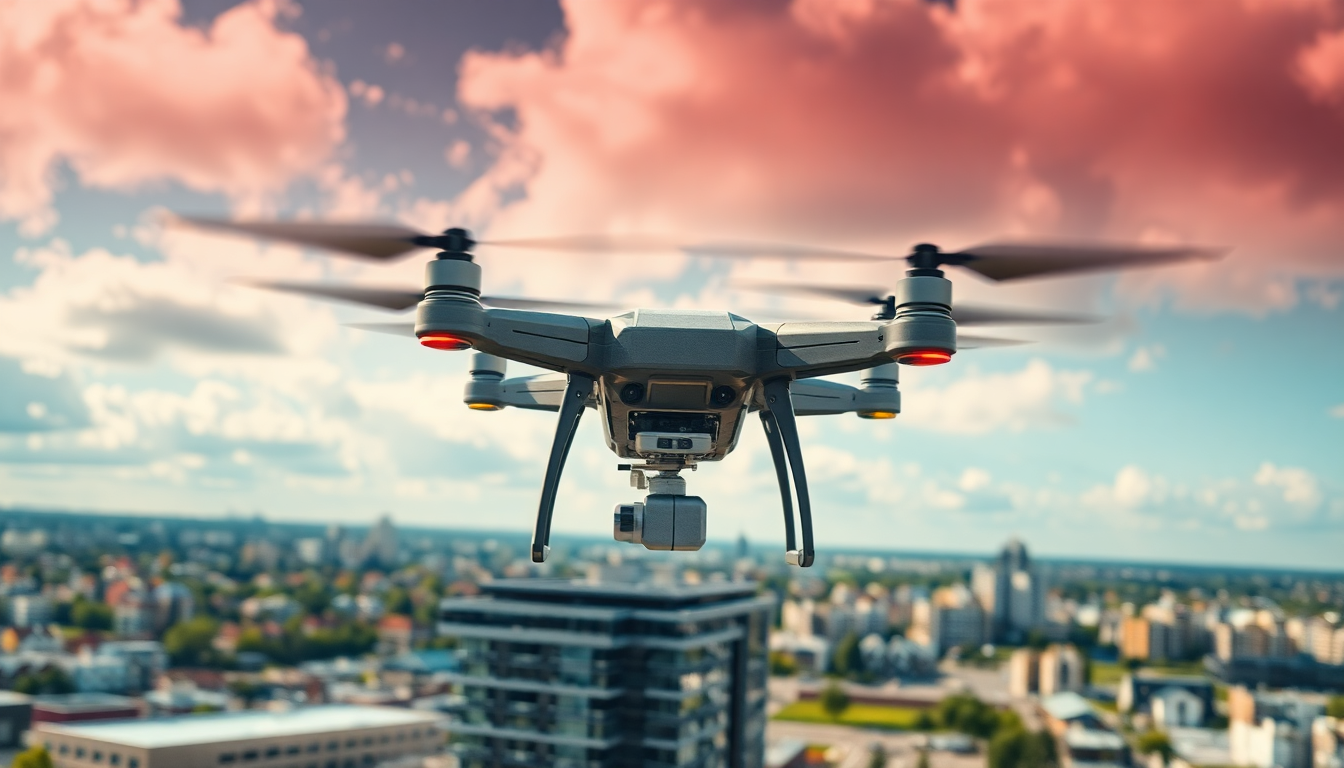Table of Contents
In an exciting move for public safety, Peel Regional Police are set to become one of the first law enforcement agencies in Canada to deploy drones as first responders to certain 911 calls. Led by Deputy Chief Anthony Odoardi, this initiative promises to boost response times and equip officers with vital information even before they arrive at the scene.
As the police force works through planning and regulatory hurdles, the introduction of drones could fundamentally change the way we handle emergencies.
What’s the Goal Behind This Initiative?
So, why are drones becoming a focal point for police operations? The main aim is to speed up response times to various emergencies.
Odoardi mentions that while they’re still finalizing which calls will trigger drone deployment, potential scenarios might include in-progress incidents like break-ins, searches for missing vulnerable people, or vehicle thefts. This proactive approach not only enhances situational awareness but also helps officers make better decisions when they arrive on the scene.
Can you imagine how much more effective they could be with real-time information?
Currently, the program is in its early stages, with a thorough planning process underway, including a regulatory review. Eventually, a limited pilot program will be launched to assess the operational effectiveness, costs, and community impact of using drones in the field.
And here’s the kicker: privacy considerations are at the forefront of this initiative, with plans for Privacy Impact Assessments and community consultations guiding the implementation process.
How Are Other Police Forces Using Drones?
In recent years, law enforcement agencies across Canada have increasingly tapped into drone technology to enhance their operational capabilities.
Regions like Halton and Peel have already begun using drones for various purposes, from search and rescue missions to tactical support and disaster response. A notable case involved the Ontario Provincial Police, where drones played a crucial role in locating a missing three-year-old girl after a four-day search.
Can you see how valuable these tools can be in urgent situations?
Vancouver’s local police department has also reported that their fleet of drones has been a game changer in day-to-day operations, successfully completing numerous missions over the years. These drones have even been deployed to track down suspects involved in violent crimes. The integration of technology into policing is proving to be an invaluable asset, allowing police forces to respond more effectively to emergencies.
Responsible Drone Use: A Top Priority
As Peel Regional Police gear up to launch their drone program, they’re focused on ensuring that these tools are used responsibly and ethically. Odoardi stressed that all drone operations will be carried out by trained officers within the Aerial Support Unit and Community Safety Operations Centre. Importantly, these drones won’t be used for general surveillance or facial recognition, addressing critical concerns about privacy and civil liberties. Isn’t it reassuring to know that responsible use is a priority?
This commitment to ethical technology use mirrors a broader trend in policing, where agencies are increasingly aware of the need to balance public safety with individual rights. By focusing on improving emergency response capabilities, Peel Regional Police are aiming to build trust within the community while leveraging innovative solutions to meet modern challenges.
What’s Next for Drone Technology in Policing?
The potential for drone technology to redefine public safety and law enforcement is enormous. As Peel Regional Police finalize their plans and kick off their pilot program, the results could set a benchmark for other police forces considering similar initiatives. The success of this program could not only enhance response times but also offer valuable insights into how technology can be integrated into everyday policing. Exciting times ahead!
In conclusion, the introduction of drones as first responders represents a significant leap forward in how law enforcement can harness technology to enhance community safety. As this initiative unfolds, we’ll need to keep a close eye on its impact on response times, community relations, and overall effectiveness in managing emergencies. What do you think about this technological leap in policing?





